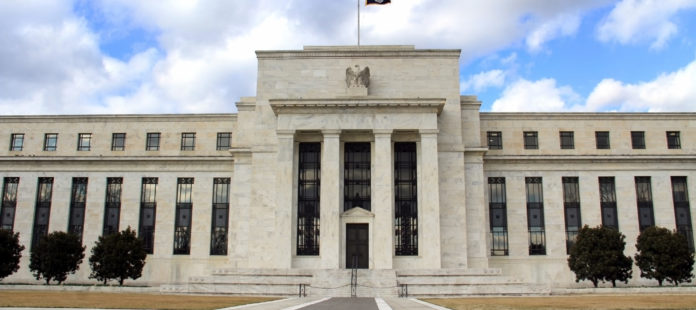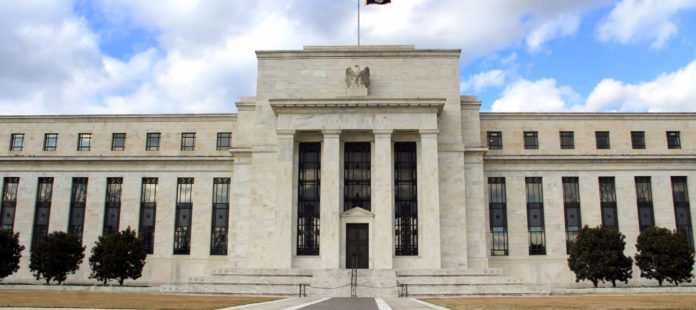Collectively, we just got screwed again, and I bet most people didn’t even know it. It happens so many times, particularly at the hands of the Federal Reserve, it’s hard to keep track.
A new bank called The Narrow Bank, or TNB, recently applied for an account with the Fed.
This would give the bank recognition by a local reserve bank, in this case New York, and access to its services, like distribution of currency, check processing and other forms of electronic payments.
The application is short, and TNB checked all the right boxes.

The Fed normally approves applications within a week. TNB’s application sat for a year. And then the Fed denied it for undisclosed procedural concerns, whatever that means.
It doesn’t really matter why the Fed says it rejected TNB, the reason seems obvious enough.
The new bank was going to cut into the profits guaranteed to banks by the Fed, taking away some of the Fed’s power and slapping big banks in the face at the same time.
You can’t expect them to go down without a fight. They lobbied, er, worked hard for this money!
It all goes back to the financial crisis, the beginning of the best years ever to be a banker, but not a saver, and it’s part of what David Stockman writes about.
In 2008, Fed Chair Bernanke asked Congress to speed up the Fed’s authority to pay interest on excess reserves (IOER).
Before then, if a bank parked funds at the Fed, it earned zero. Banks were required to hold some funds at the central bank, but required reserves were limited, totaling less than $100 billion before the crisis.
When Congress approved the Fed’s request in 2008, it gave the central bank the ability to give banks a gift – interest for nothing.
Before the change, banks had to either lend out their funds to borrowers to earn a return, or lend their excess funds to other banks, who then lent out the funds.
Either way, the money made it to the hands of people who wanted to borrow. After the change, banks no longer had to lend money to the little people.













Leave A Comment